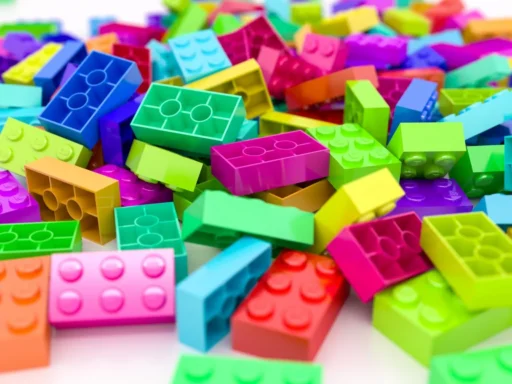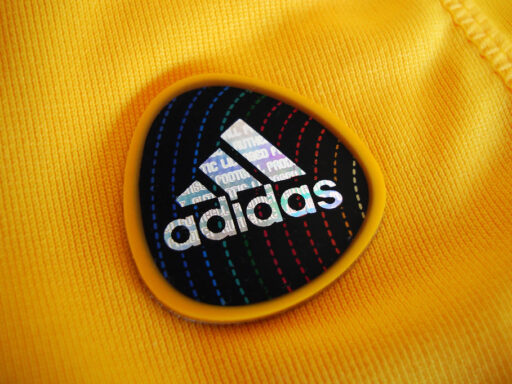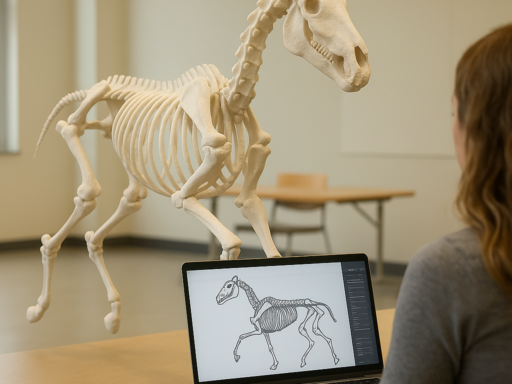Turning to the concept of origami for tougher tech? This unusual blend of ancient art and next-gen engineering may sound wild, but this is exactly what researchers at the University of Houston have done. Conventionally brittle and prone to shattering, ceramics were reimagined by the team and turned into flexible, high-performance materials with a diverse range of futuristic applications.
Led by assistant professor Maksud Rahman and postdoctoral fellow Md Shajedul Hoque Thakur, the team has developed a ceramic structure that bends without breaking, all thanks to the Miura-ori origami pattern. By 3D printing ceramics in this particular folded design and coating them with a stretchable, biocompatible polymer, the scientists have made ceramics extraordinarily stress-resistant.
“Ceramics are incredibly useful – biocompatible, lightweight and durable in the right conditions – but they fail catastrophically,” said Rahman. “Our goal was to engineer that failure into something more graceful and safer.”
The coated origami structures were tested under both static and cyclic compression, and not only did they flex but recovered, showing a dramatic contrast to their uncoated counterparts, which cracked under pressure. The secret lies in the synergy between the folding pattern and the polymer layer.
“The origami geometry gave us mechanical adaptability,” explained Thakur. “And the polymer coating introduced just enough flexibility to prevent sudden breakage.”
The team’s work, recently detailed in Advanced Composites and Hybrid Materials, could pave the way for numerous fields where lightweight yet durable materials are crucial, such as advanced prosthetics, aerospace components, and impact-resistant robotics.
“Origami is more than an art – it’s a powerful design tool,” Rahman concluded. “It can reshape how we approach challenges in both biomedical and engineering fields.”






